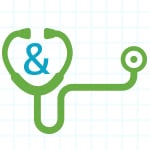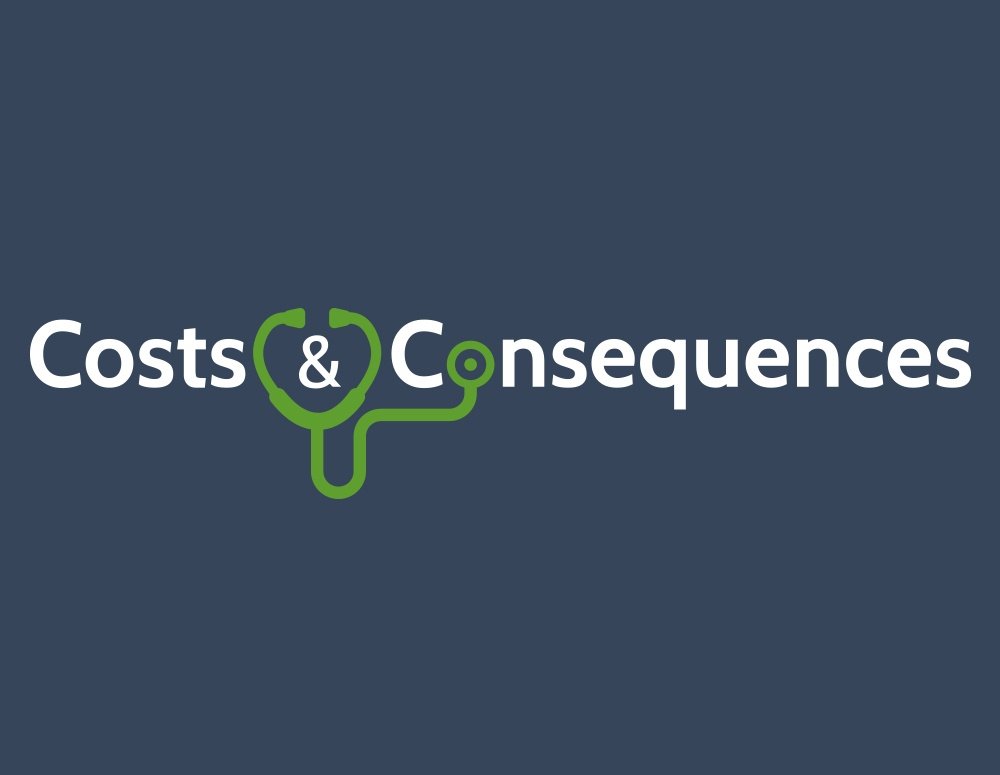
Costs and Consequences is a blog series examining the health care burden of not treating diseases. Too often, the rhetoric focuses solely on the cost of medicines and disregards the adverse societal and economic impacts of not treating diseases. Stay tuned for the next post in the series and be sure to share your thoughts in the comments section below.
High cholesterol itself is not a disease, but it can lead to serious health consequences. Every 40 seconds, an American adult dies from a heart attack, stroke, or related vascular disease. These conditions claim the lives of more than 800,000 Americans each year with 150,000 of them under age 65. For those who do survive a heart attack or stroke, many are faced with serious illness, disability, and decreased quality of life. Despite being largely preventable, high cholesterol is a main risk factor for heart disease.
Cholesterol itself isn’t bad. In fact, cholesterol is just one of the many substances created and used by the human body to stay healthy. However, excess cholesterol can form plaque between layers of artery walls, making it harder for the heart to circulate blood.
According to the Centers for Disease Control and Prevention, 71 million Americans have high cholesterol but 2 in 3 do not have it under control, and that has serious consequences for patients and society as a whole. Ongoing complications that result from heart disease greatly contribute to the economic burden on the U.S. health care system.
According to the American Heart Association (AHA), heart disease accounts for 17 percent of U.S. national health expenditures. A report commissioned by the AHA found that in 2010, heart disease cost the U.S. $273 billion in direct medical costs, and projected this would reach $818.1 billion by 2030. The report also found that heart disease will cost the nation billions in lost productivity, increasing from $172 billion in 2010 to $276 billion in 2030. These losses include days missed from home or work responsibilities because of illness and potential lost earnings due to premature death.
 These costs are an enormous economic burden and underscore the need to treat high cholesterol. While we have made great progress in reducing cardiovascular mortality -over the last decade alone, death rates from cardiovascular disease have fallen 31 percent - considerable burden still exists. High cholesterol is treatable for many patients and, with greater treatment rates and continued innovation, we can reduce the economic and societal impact of heart disease, and help patients live longer, healthier lives. Stay tuned for the next post in the “Costs and Consequences” series and be sure to share your thoughts in the comments section below.
These costs are an enormous economic burden and underscore the need to treat high cholesterol. While we have made great progress in reducing cardiovascular mortality -over the last decade alone, death rates from cardiovascular disease have fallen 31 percent - considerable burden still exists. High cholesterol is treatable for many patients and, with greater treatment rates and continued innovation, we can reduce the economic and societal impact of heart disease, and help patients live longer, healthier lives. Stay tuned for the next post in the “Costs and Consequences” series and be sure to share your thoughts in the comments section below.
View All Costs & Consequences Posts





